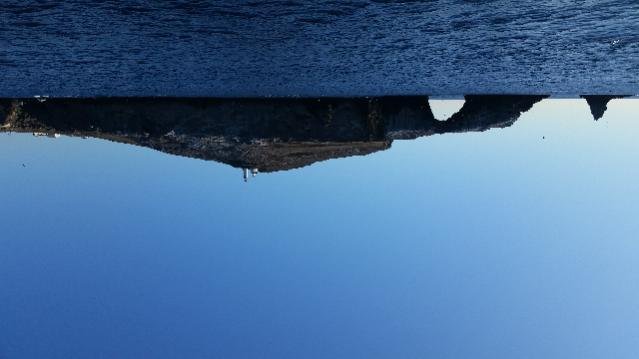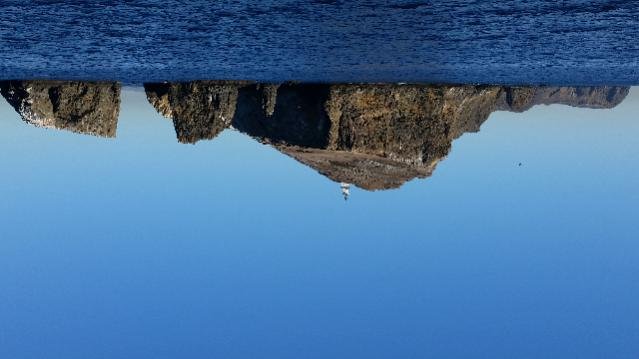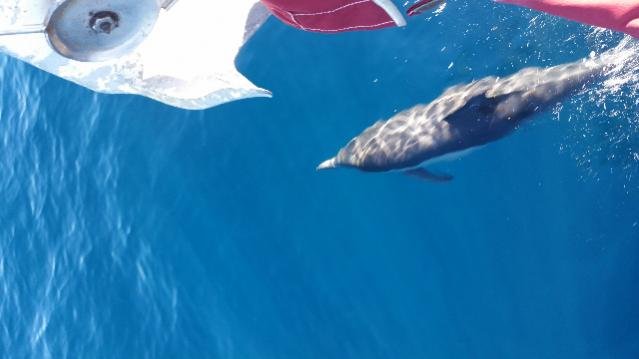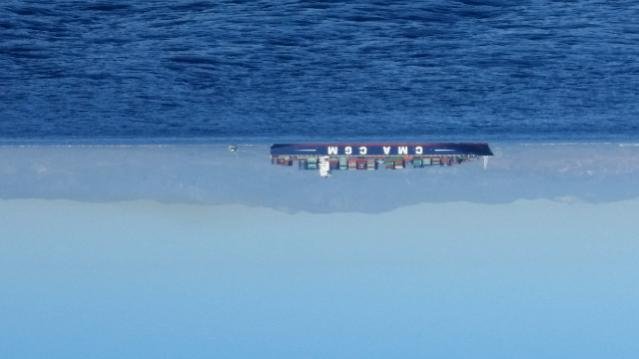questionmark
Senior Member
I had my boat out for the first time this weekend, we took it up to stay on for the weekend. I've never handled a trawler yacht before. I figured with a single and no thruster it would handle like a sailboat. So not even close.
It suffers from radical understeer. If I turn the wheel in neutral, even with some speed, I don't turn. That made for an exciting first docking. Eventually I figured out that it handles just like a jetski. I've lots of practice in close quarters ski operation for surf rescue. Once I made the connection it got way easier to handle.
It also has radical prop walk in reverse. Enough that backing up is nigh on impossible. This from a guy who normally operates a 40' tiller steered cruising sailboat. But in the trawler, it's like the rudder just doesn't exist in reverse.
Is this normal or is my rudder too small? It seemed pretty tiny when we hauled, but the surveyor indicated it was fine. Is this why so many trawlers have thrusters? I'm having a hard time believing that a big engined powerboat is less maneuverable than a full keeled sailboat. Does that seem right?
It suffers from radical understeer. If I turn the wheel in neutral, even with some speed, I don't turn. That made for an exciting first docking. Eventually I figured out that it handles just like a jetski. I've lots of practice in close quarters ski operation for surf rescue. Once I made the connection it got way easier to handle.
It also has radical prop walk in reverse. Enough that backing up is nigh on impossible. This from a guy who normally operates a 40' tiller steered cruising sailboat. But in the trawler, it's like the rudder just doesn't exist in reverse.
Is this normal or is my rudder too small? It seemed pretty tiny when we hauled, but the surveyor indicated it was fine. Is this why so many trawlers have thrusters? I'm having a hard time believing that a big engined powerboat is less maneuverable than a full keeled sailboat. Does that seem right?







